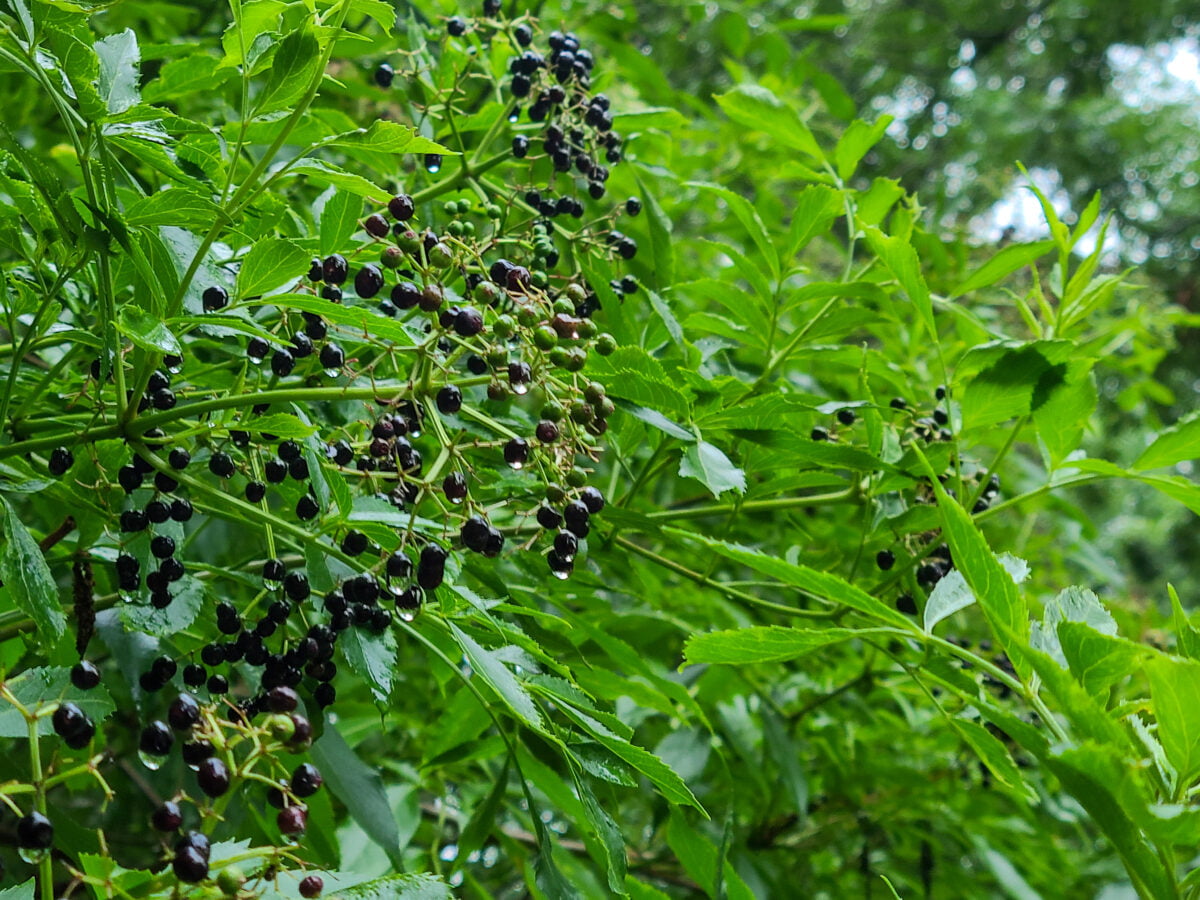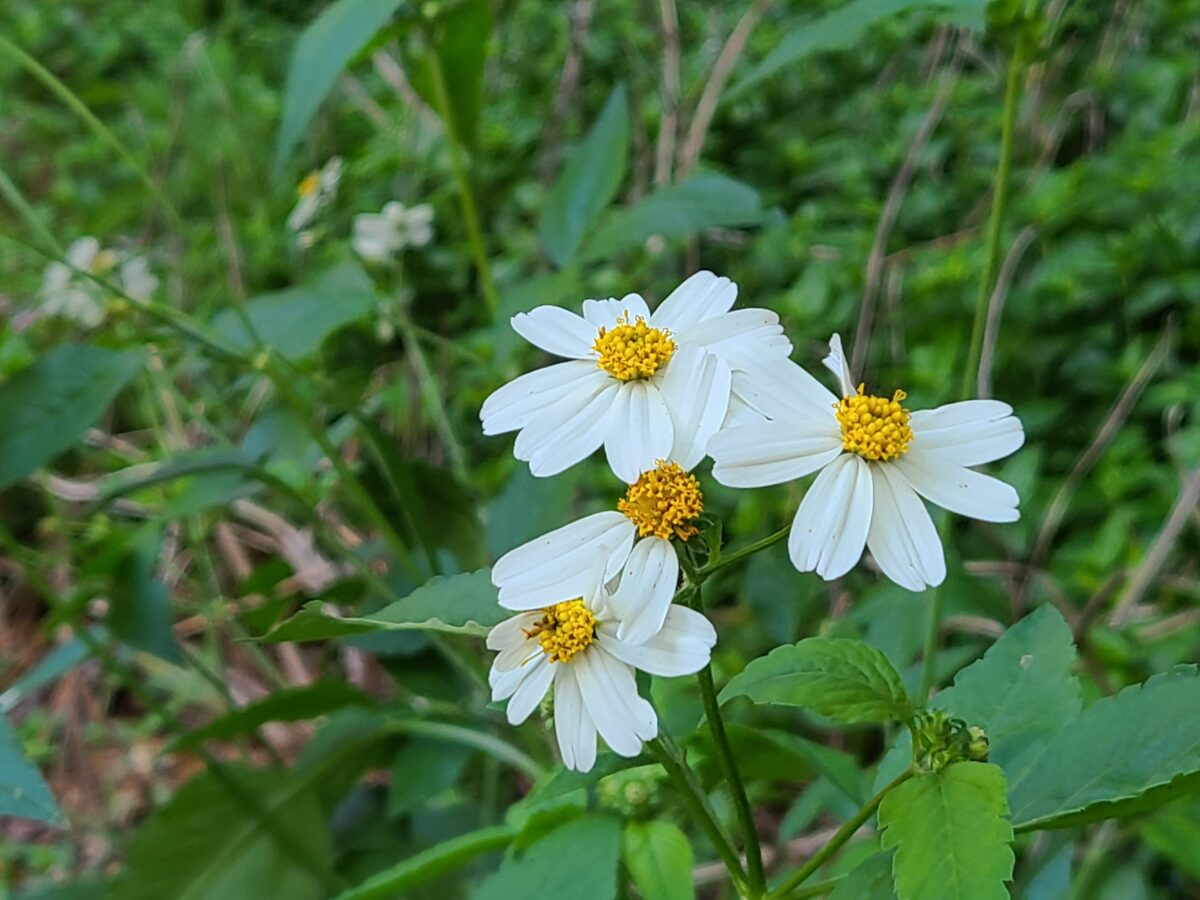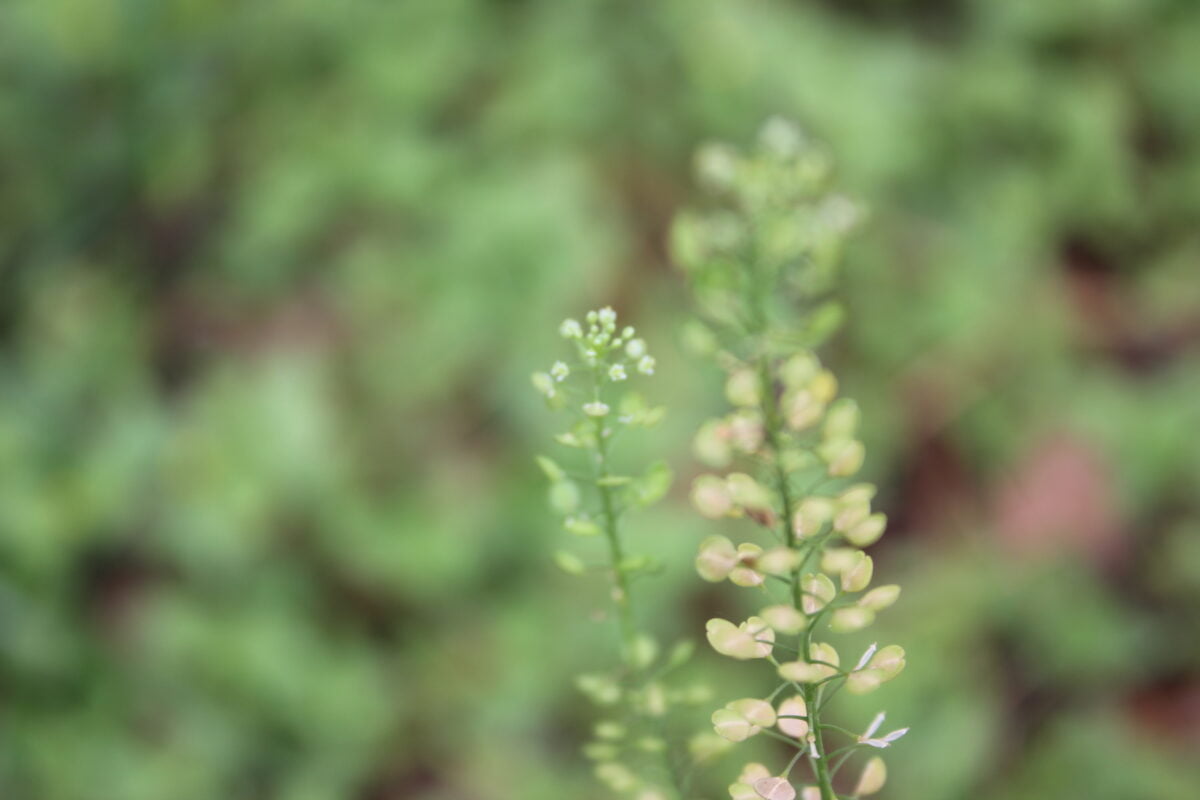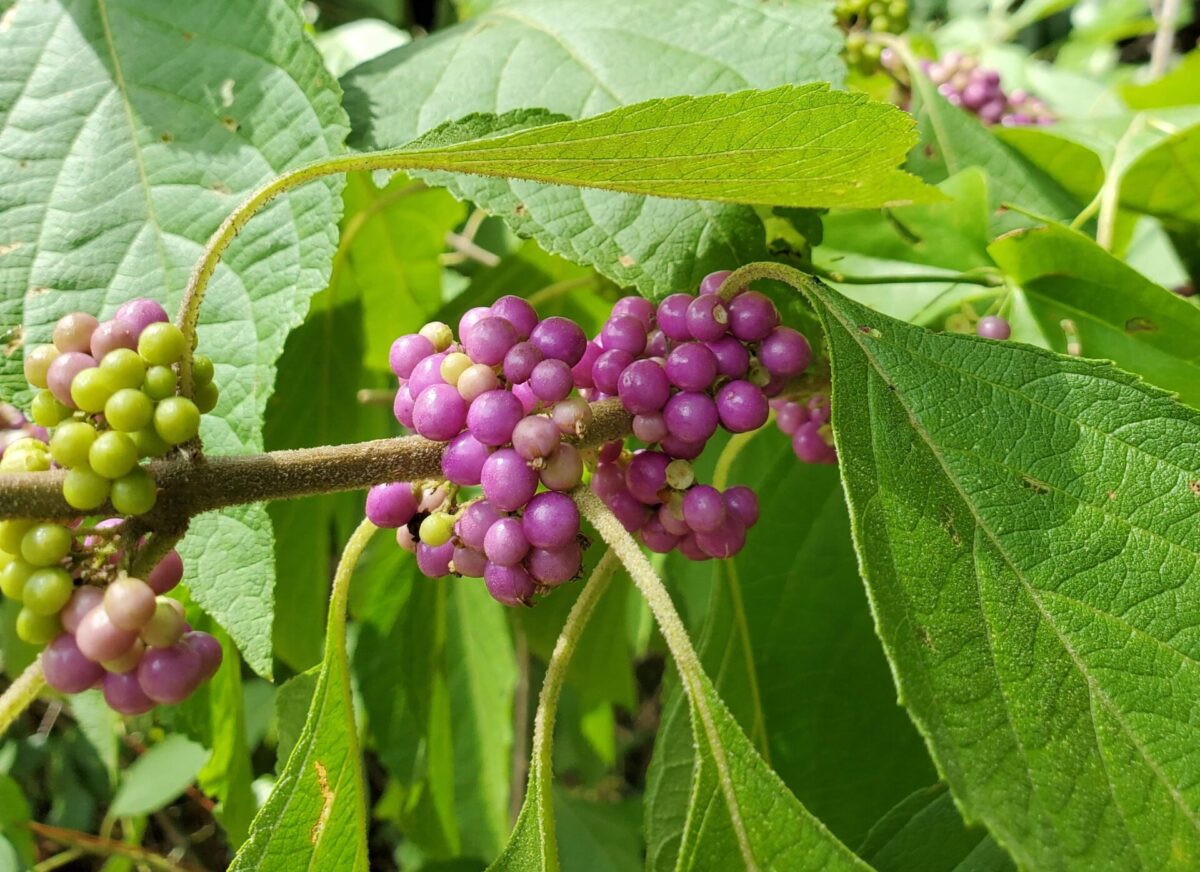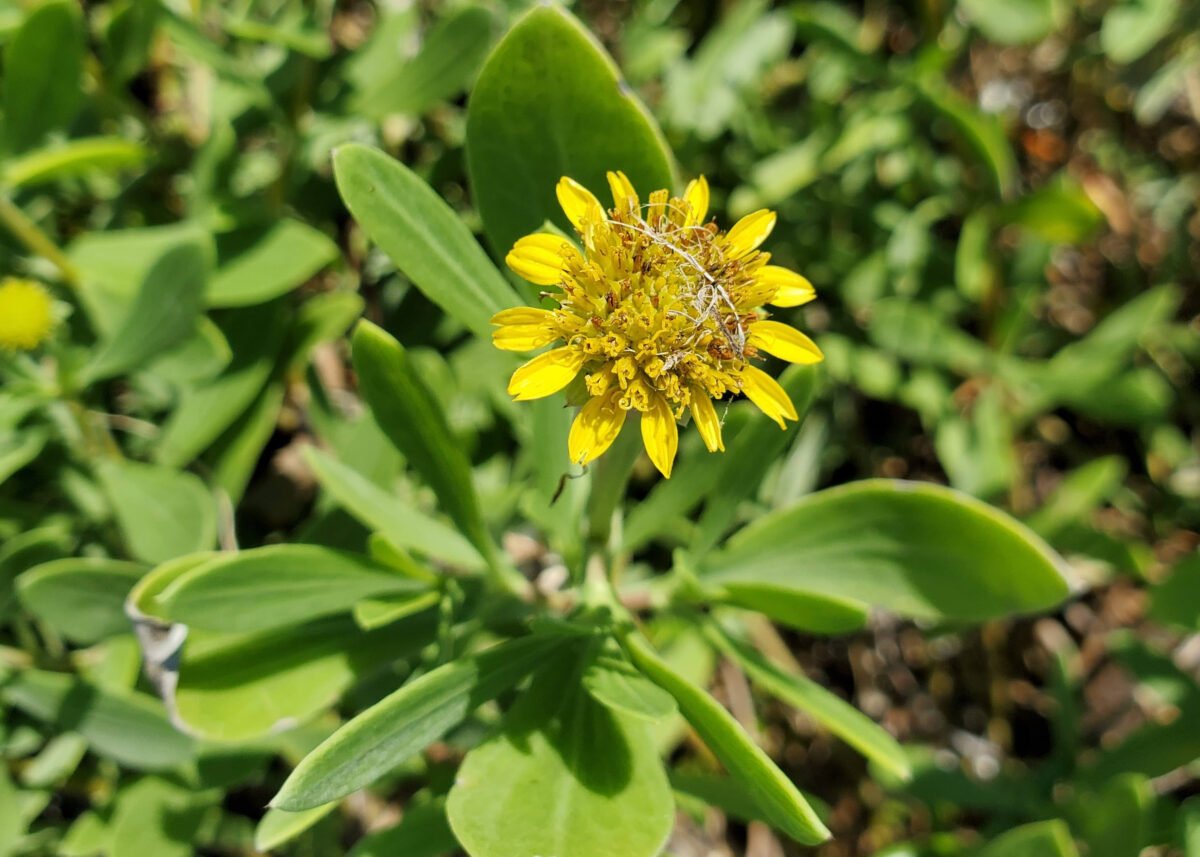Herb Plant Profiles
-
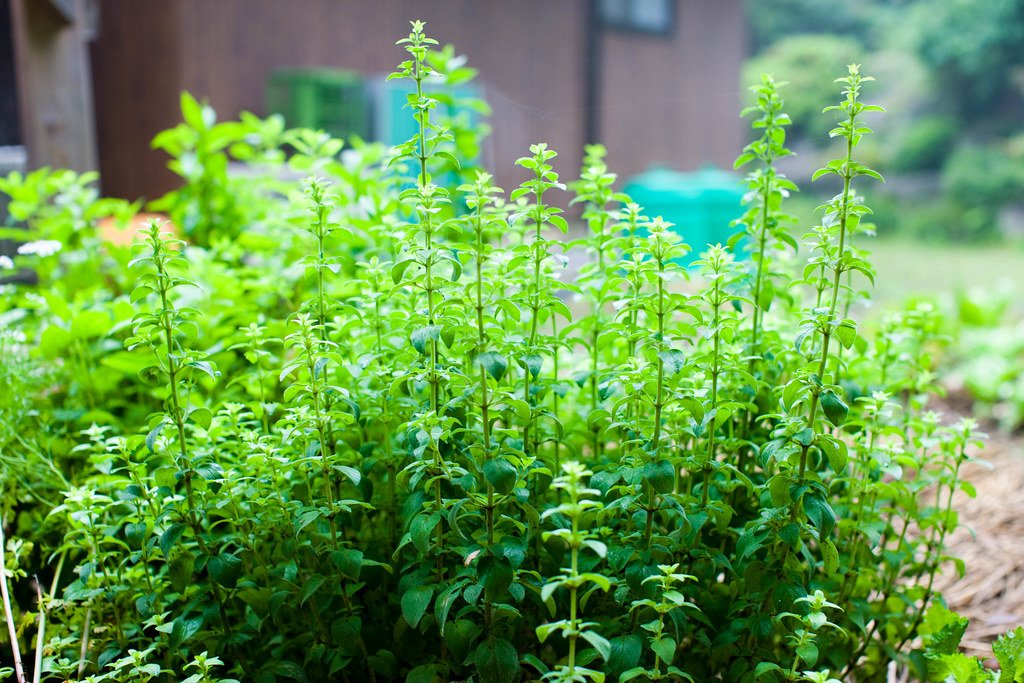 Read more: Oregano
Read more: OreganoScientific name: Origanum vulgare In traditional medicine, oregano has been used for respiratory conditions (i.e. asthma, bronchitis, cough), gastrointestinal (i.e. diarrhea, indigestions, stomachache), anti-bacterial, anti-inflammatory, menstrual disorders, and diabetes.1 Sources[+] Sources ↑1 Veenstra JP, Johnson JJ. Oregano (Origanum vulgare) extract for food preservation and improvement in gastrointestinal health. Int J Nutr. 2019;3(4):43-52. doi: 10.14302/issn.2379-7835.ijn-19-2703. Epub…
-
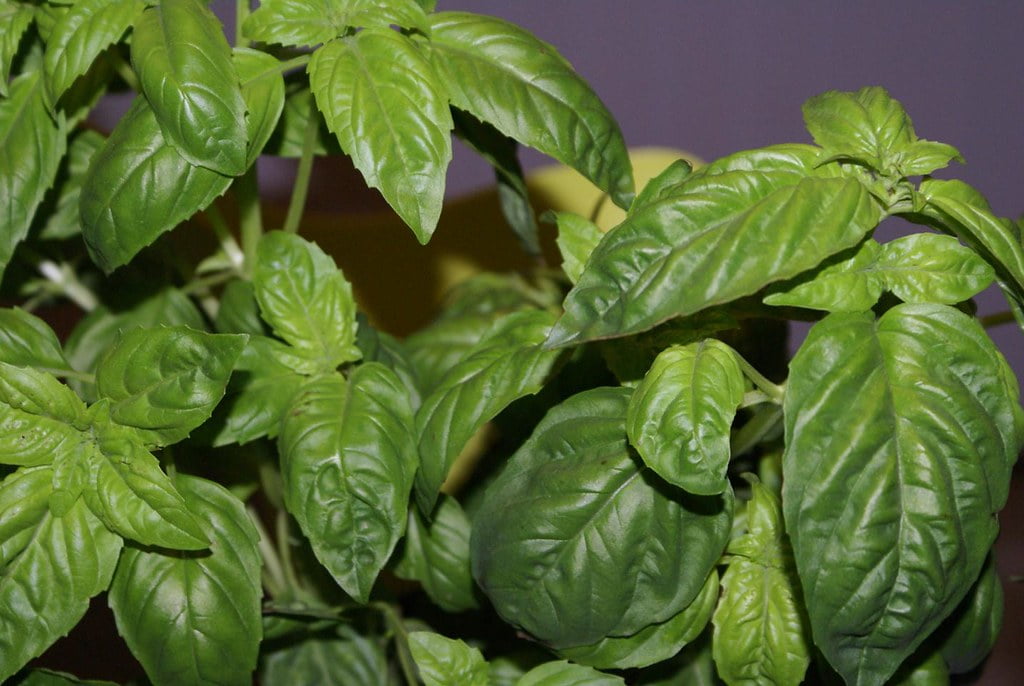 Read more: Basil
Read more: BasilScientific name: Ocimum basilicum Other common names: Sweet basil Ocimum basilicum L. (Lamiaceae) commonly known as sweet basil, has been used as a traditional medicinal plant for the treatment of headaches, coughs, diarrhea, constipation, warts, worms, and kidney malfunctions.1 Sources[+] Sources ↑1 Joshi RK. Chemical composition and antimicrobial activity of the essential oil of Ocimum basilicum…
-
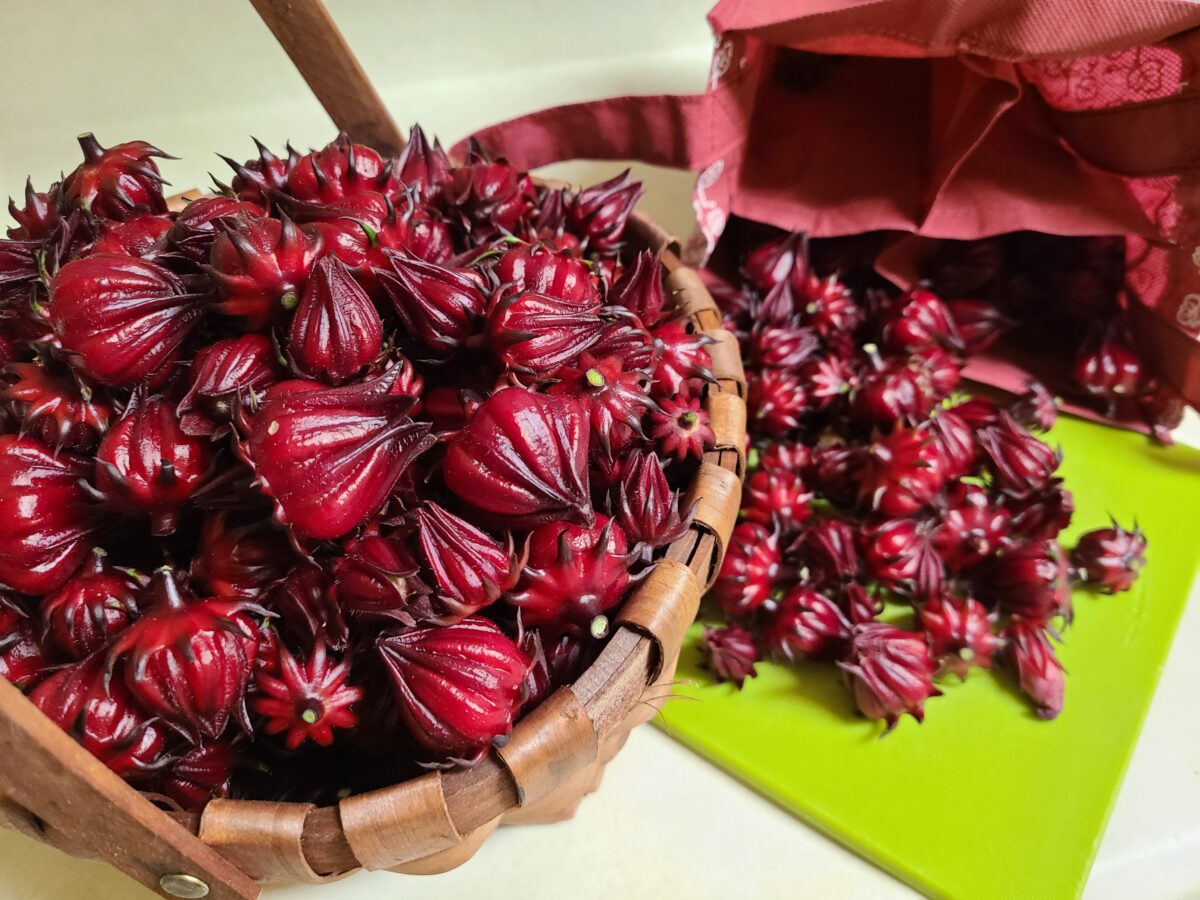 Read more: Hibiscus
Read more: HibiscusPlants in the Hibiscus family, including Roselle Hibiscus and Cranberry Hibiscus, have anti-inflammatory properties and help lower blood pressure.1 Preparations Hibiscus Glycerite Hibiscus is infused into glycerite sugar. Take 1 teaspoon up to three times a day regularly. Can be taken directly, mixed with water, or as a sweetener in tea. Sources[+] Sources ↑1 Diane…
-
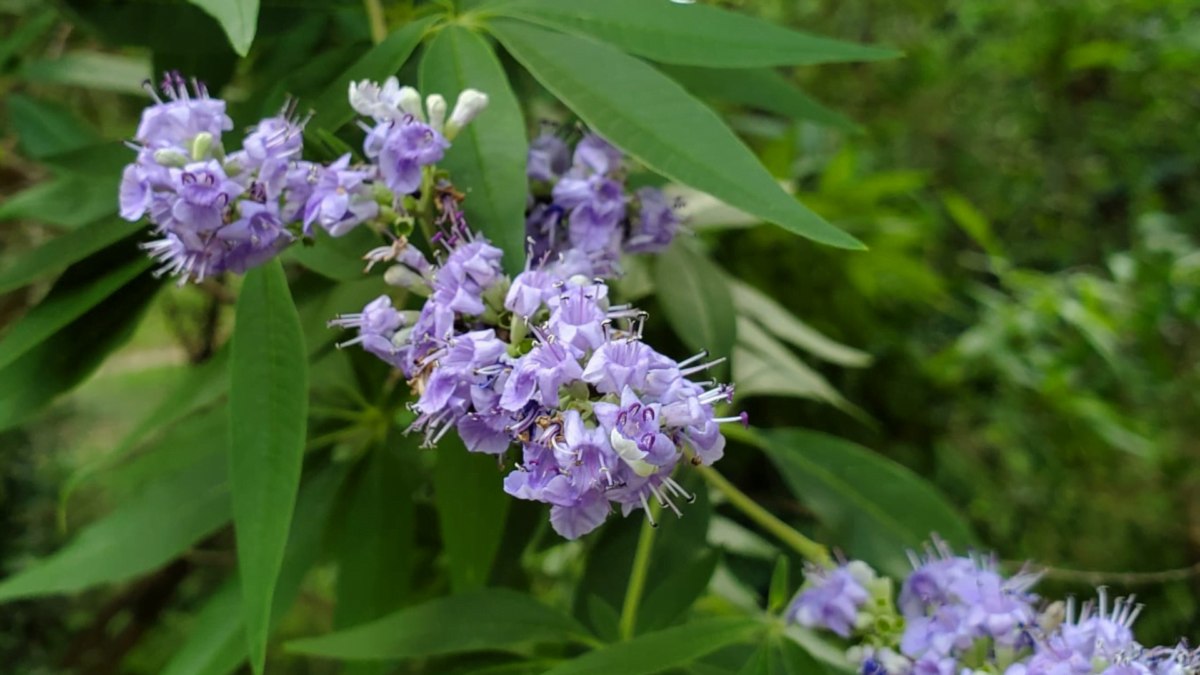 Read more: Chasteberry Tree
Read more: Chasteberry TreeThe berries of this plant have a long history of use for reproductive health.
-
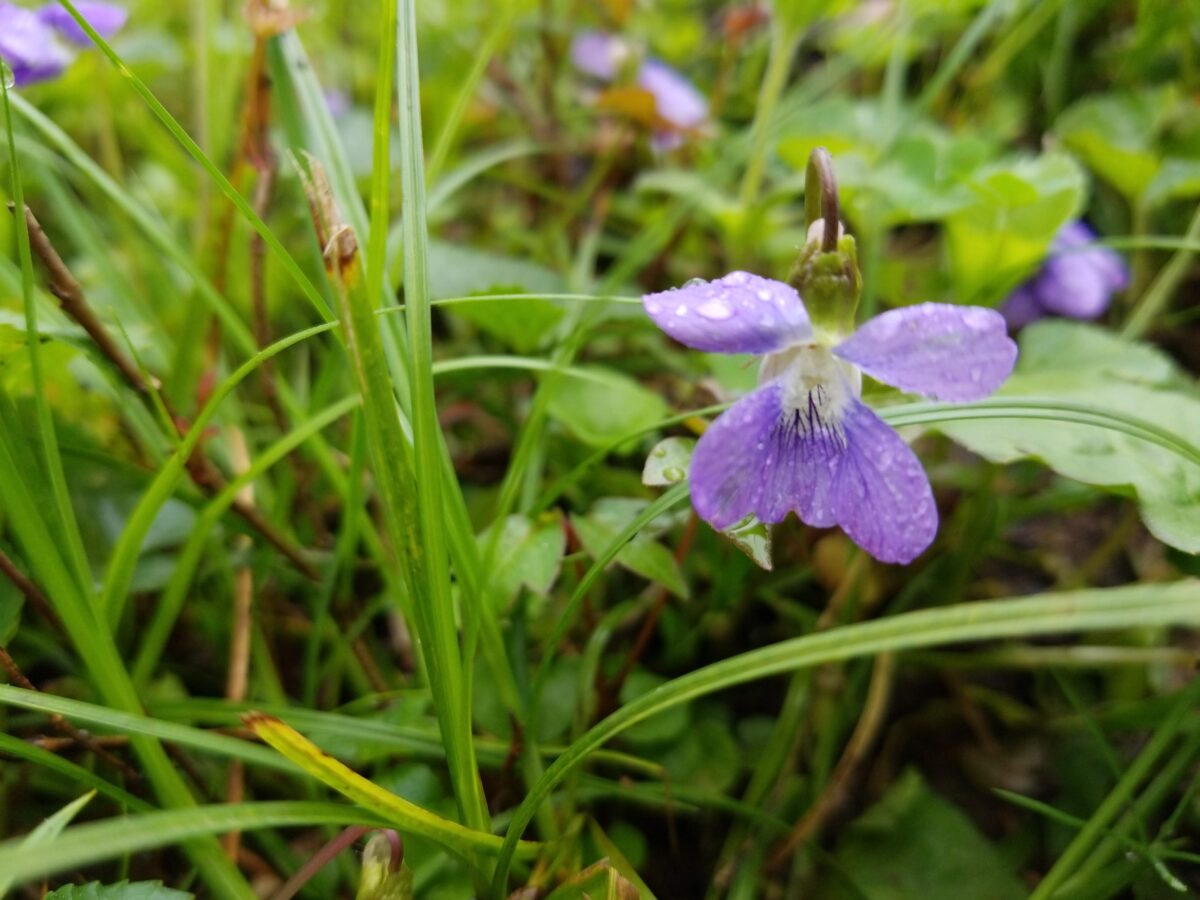 Read more: Violet
Read more: VioletThese small shade-loving plants cover our forest floors in spring and autumn. One of the first flowers of the season, violets have a lot to offer pollinators. As a medicinal herb used for thousands of years, they have a lot to offer us too.
-
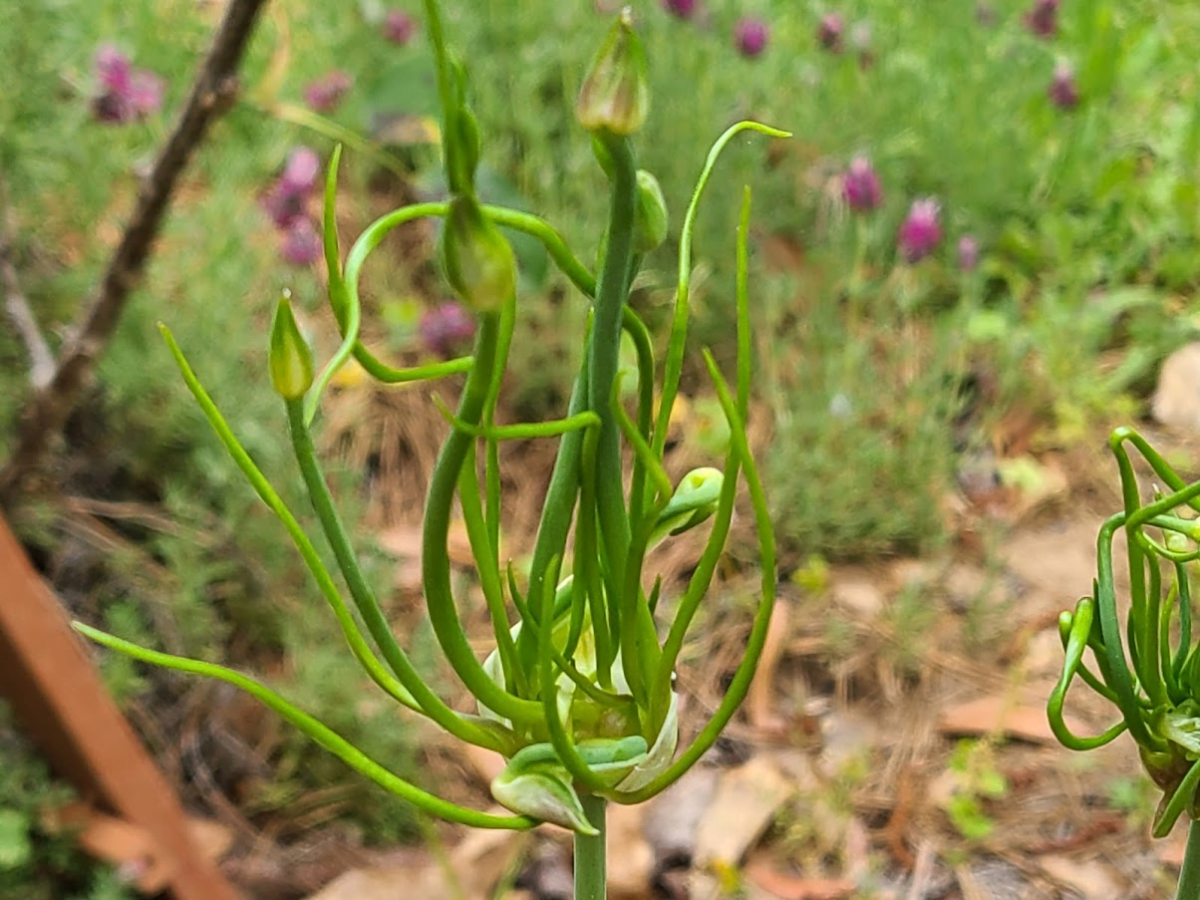 Read more: Meadow Garlic
Read more: Meadow GarlicA perennial leafy survivor that thrives in grassy areas and produces edible flowering bulbs.
-
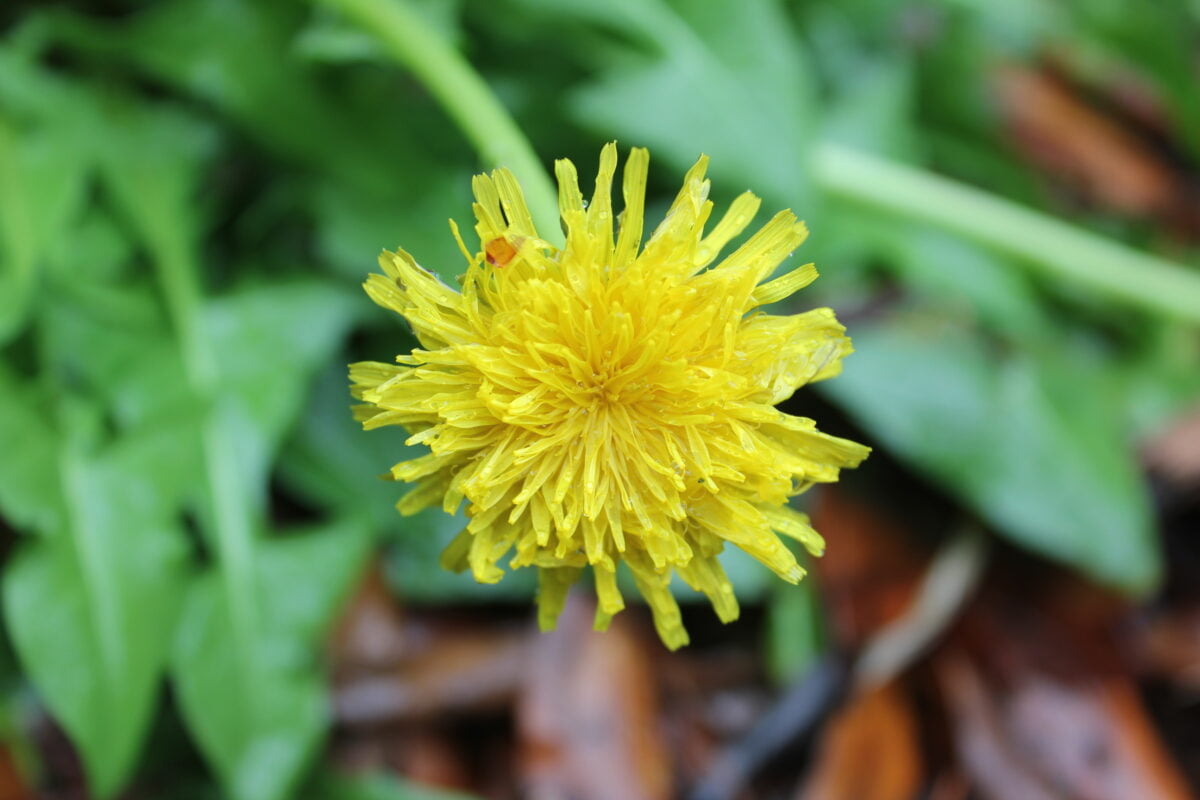 Read more: Dandelion
Read more: DandelionA common yard “weed” with an iconic yellow flower and puffy white seed heads, every part of the dandelion has a wealth of medicinal benefits.
-
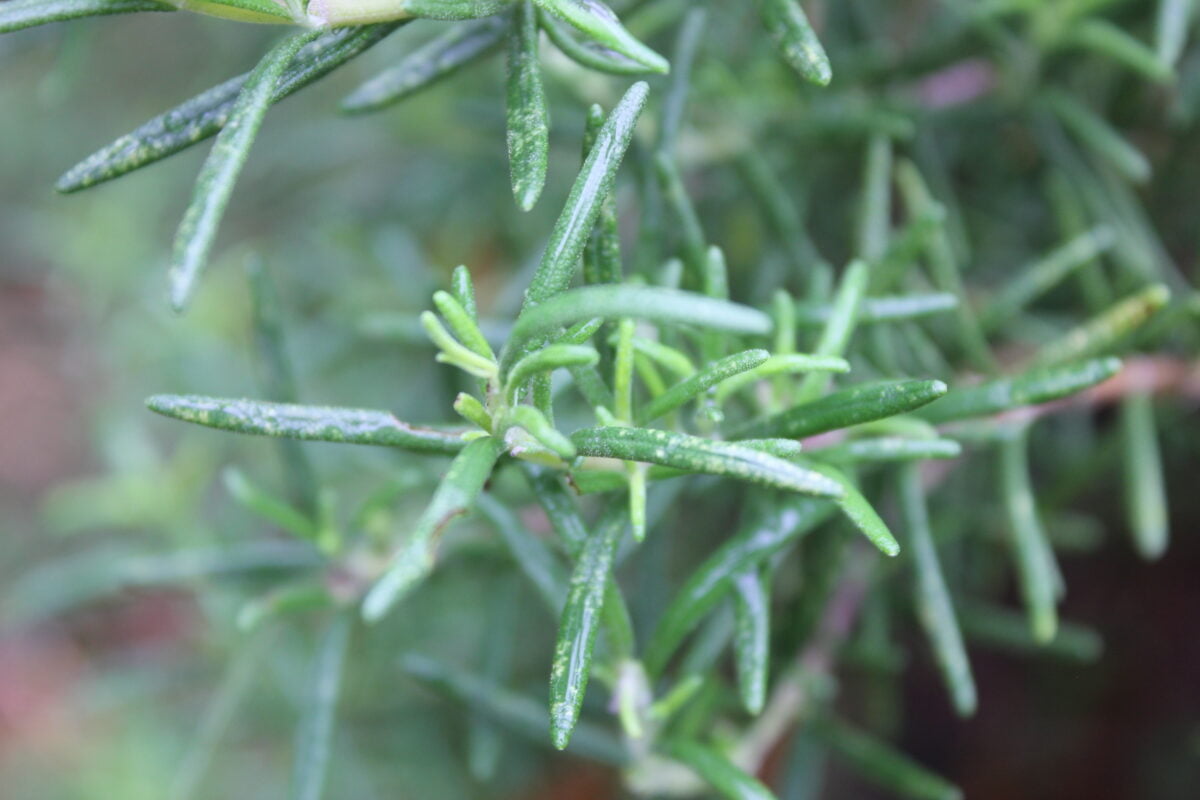 Read more: Rosemary
Read more: RosemaryThis aromatic evergreen shrub is currently being researched for its potential benefits to alleviate complications caused by obesity and diabetes, inflammation-associated conditions, and neurological deficits.
-
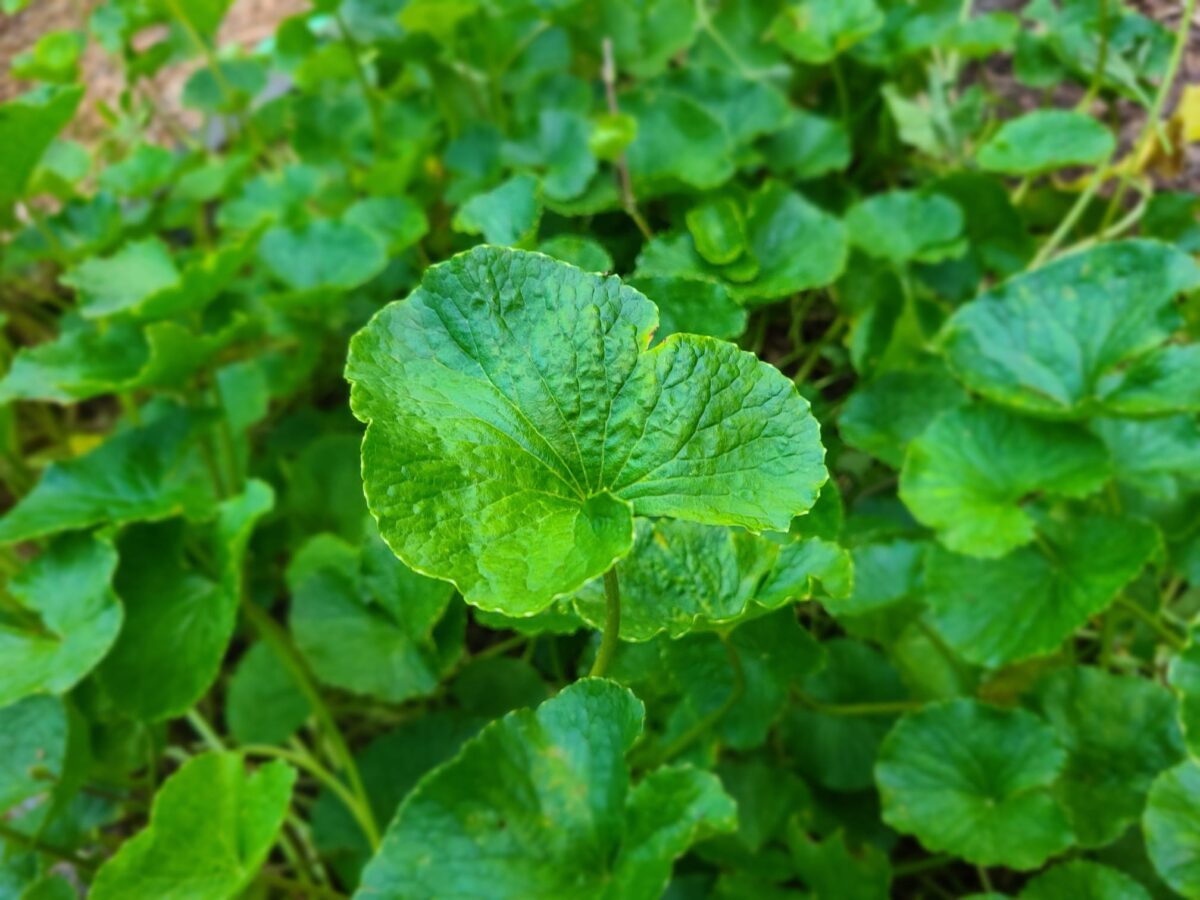 Read more: Gotu Kola
Read more: Gotu KolaOften referred to as the “herb of longevity” or “miracle elixir of life,” gotu kola is a staple in traditional Chinese (TCM), Indonesian, and Ayurvedic medicine.
-
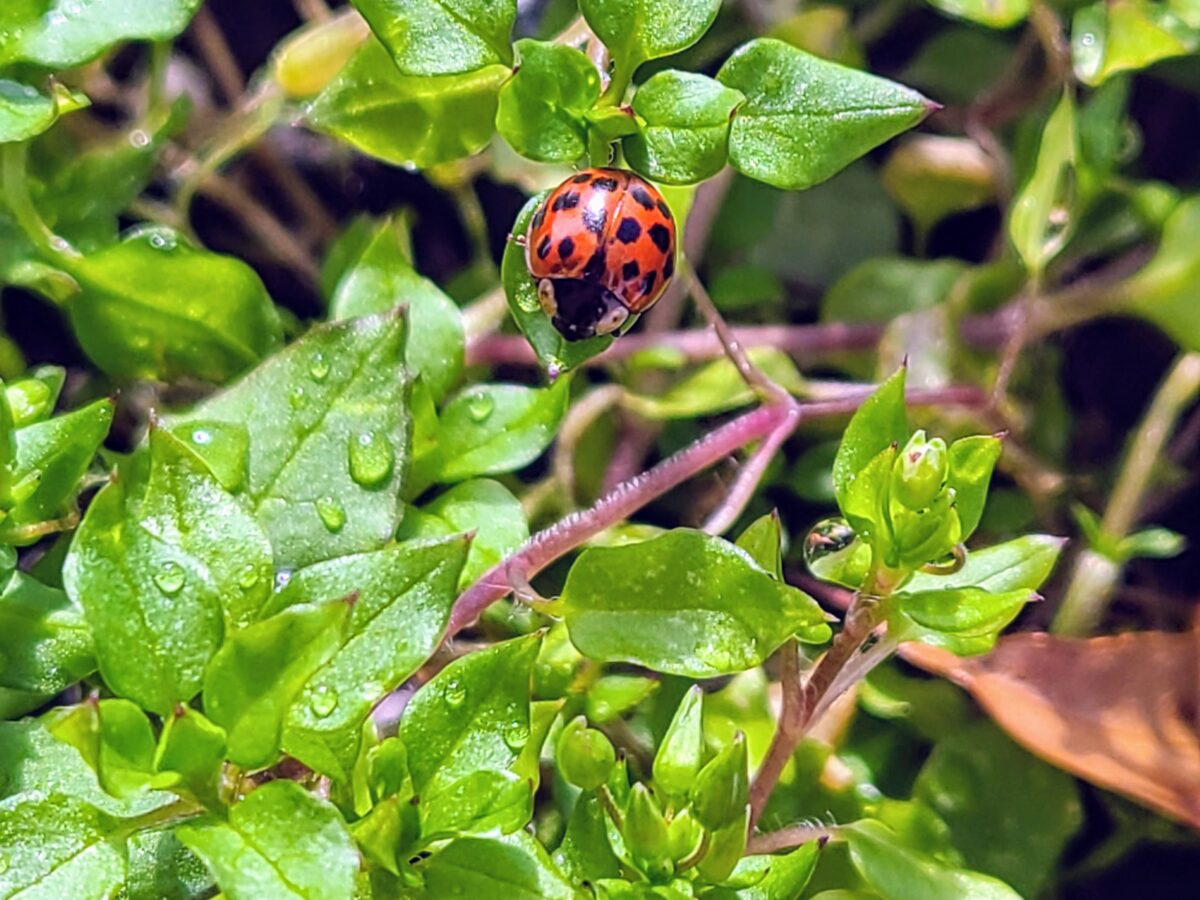 Read more: Chickweed
Read more: ChickweedEdible, nutritious, and medicinal this weed is a springtime favorite of herbalists.
-
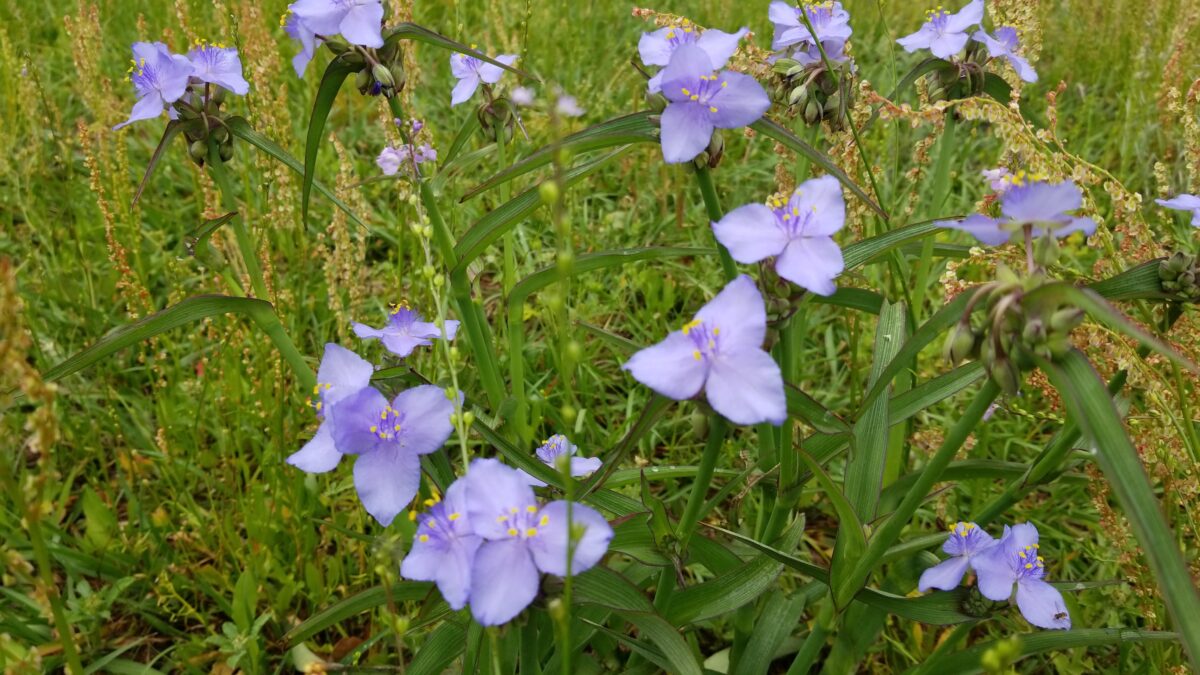 Read more: Spiderwort
Read more: SpiderwortA striking and easily identifiable plant that grows throughout North Florida. Spiderwort blooms throughout the Spring, Summer and Autumn.
-
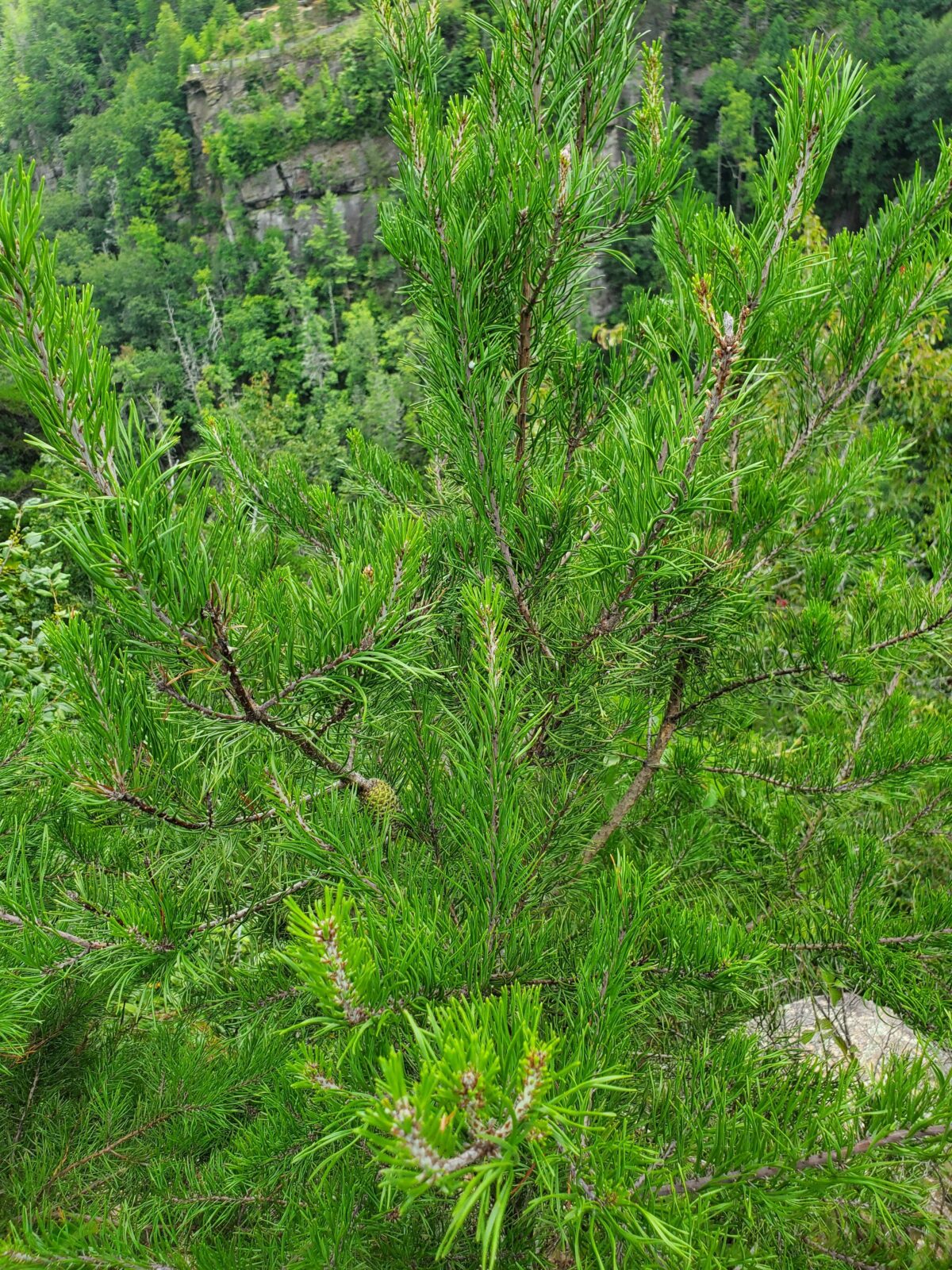 Read more: Pine
Read more: PinePine trees are a common tree with a host of medicinal and utilitarian uses. There are seven varieties of pine native to Florida and countless more introduced varieties.
-
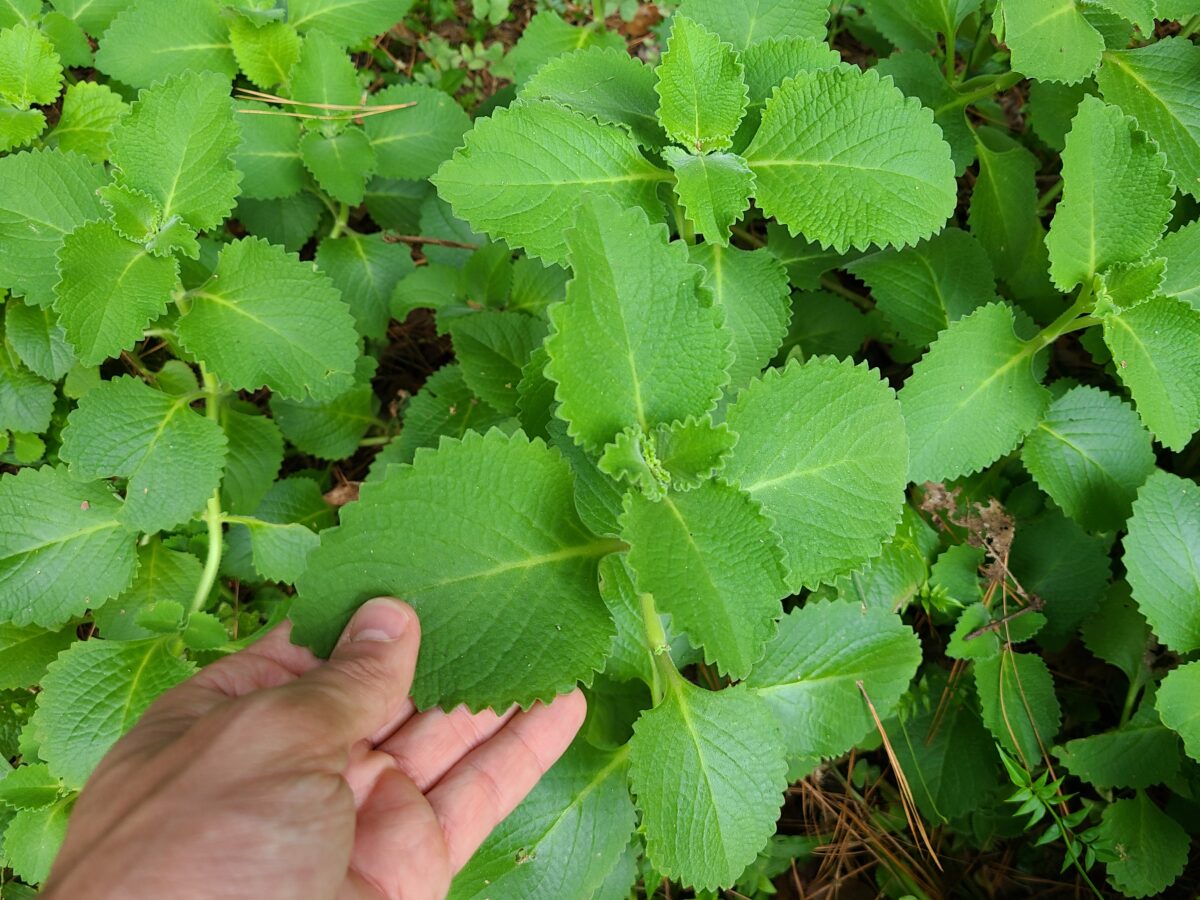 Read more: Mexican Mint
Read more: Mexican MintA hardy, ubiquitous, and easy to grow evergreen plant that is good for the garden, kitchen, and apothecary.
-
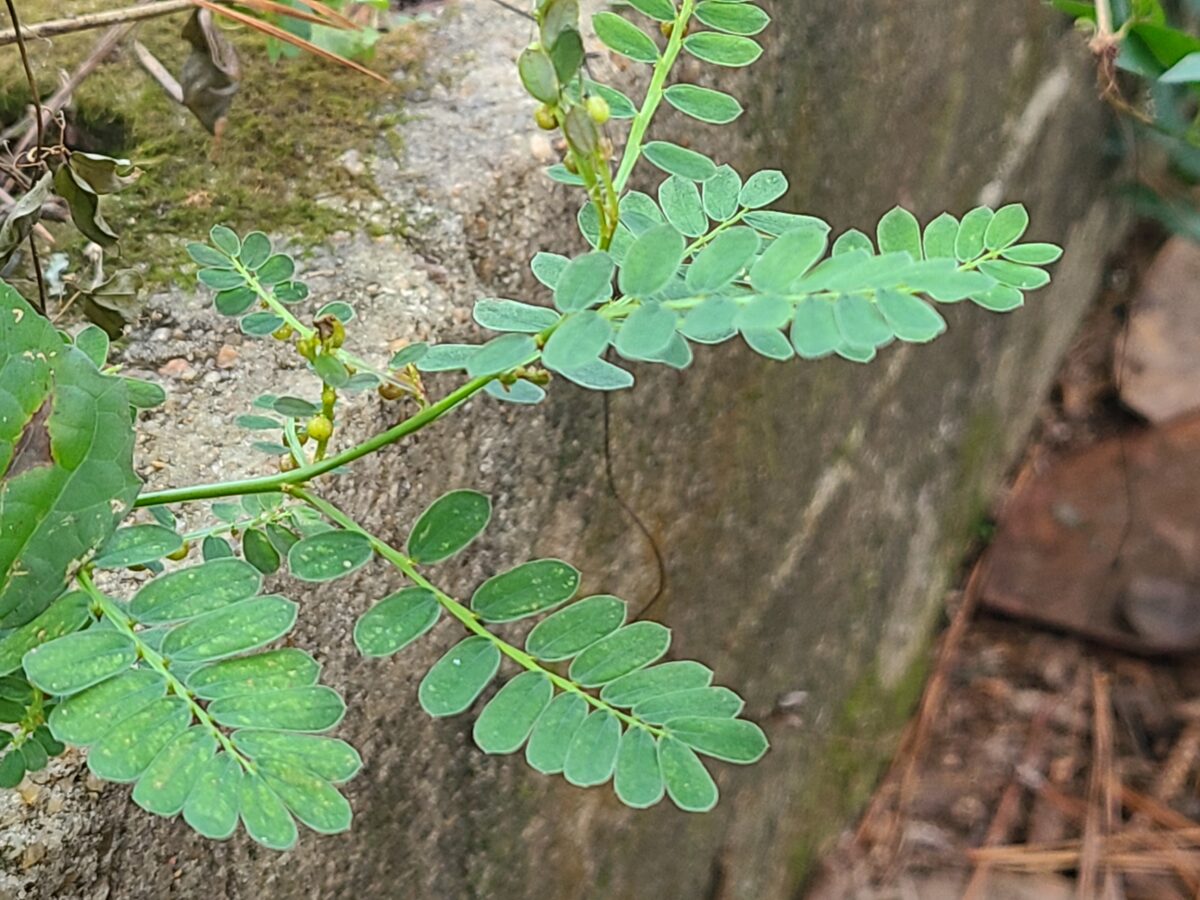 Read more: Chamberbitter
Read more: ChamberbitterThis small plant is a troublesome and prolific weed for gardeners but has a host of health benefits and has been used by indeginous people and in Traditional Chinese Medicine for generations.
-
 Read more: Sea Grape
Read more: Sea GrapeThis small sprawling tree has large tropical looking leaves that make it popular as a landscaping tree in beach communities. The fruits and leaves are edible and have a number of medicinal properties.
-
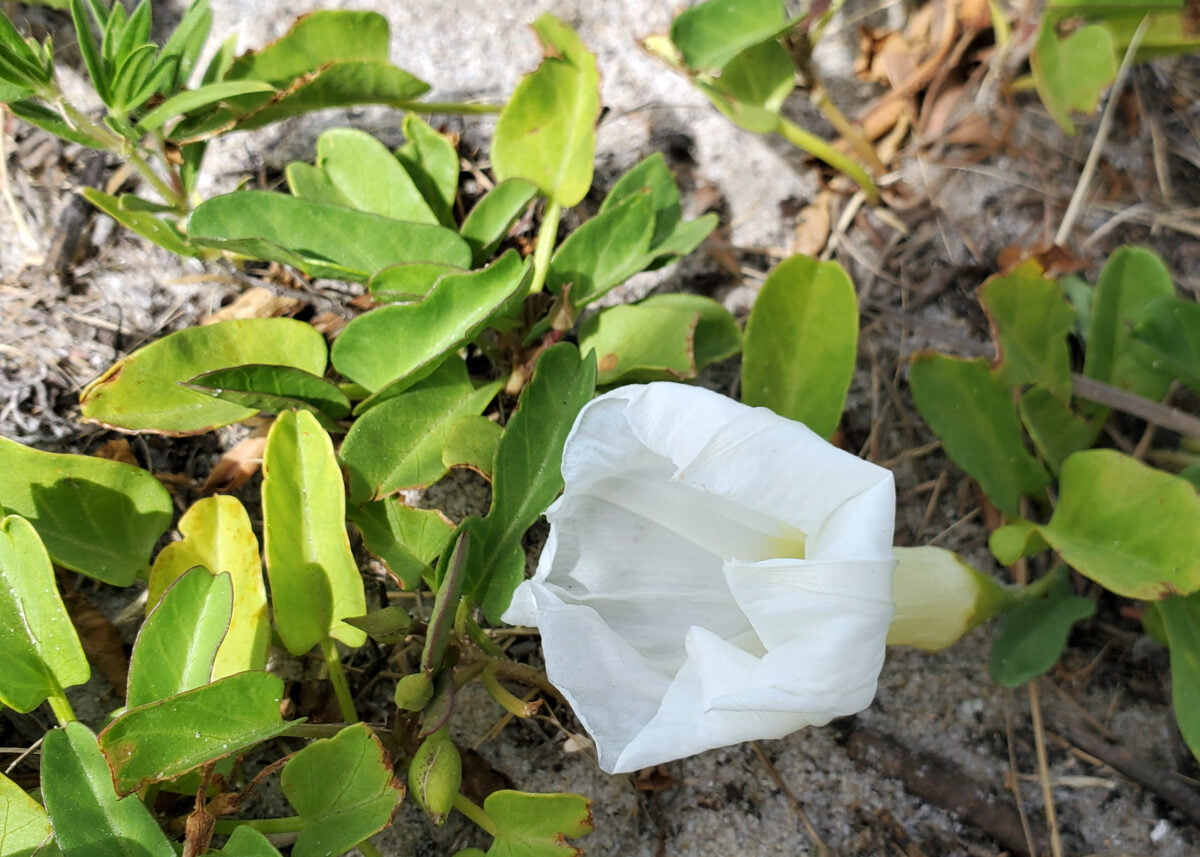 Read more: Beach Morning Glory
Read more: Beach Morning GloryThis beach plant is widely used in tropical areas to treat several conditions.
-
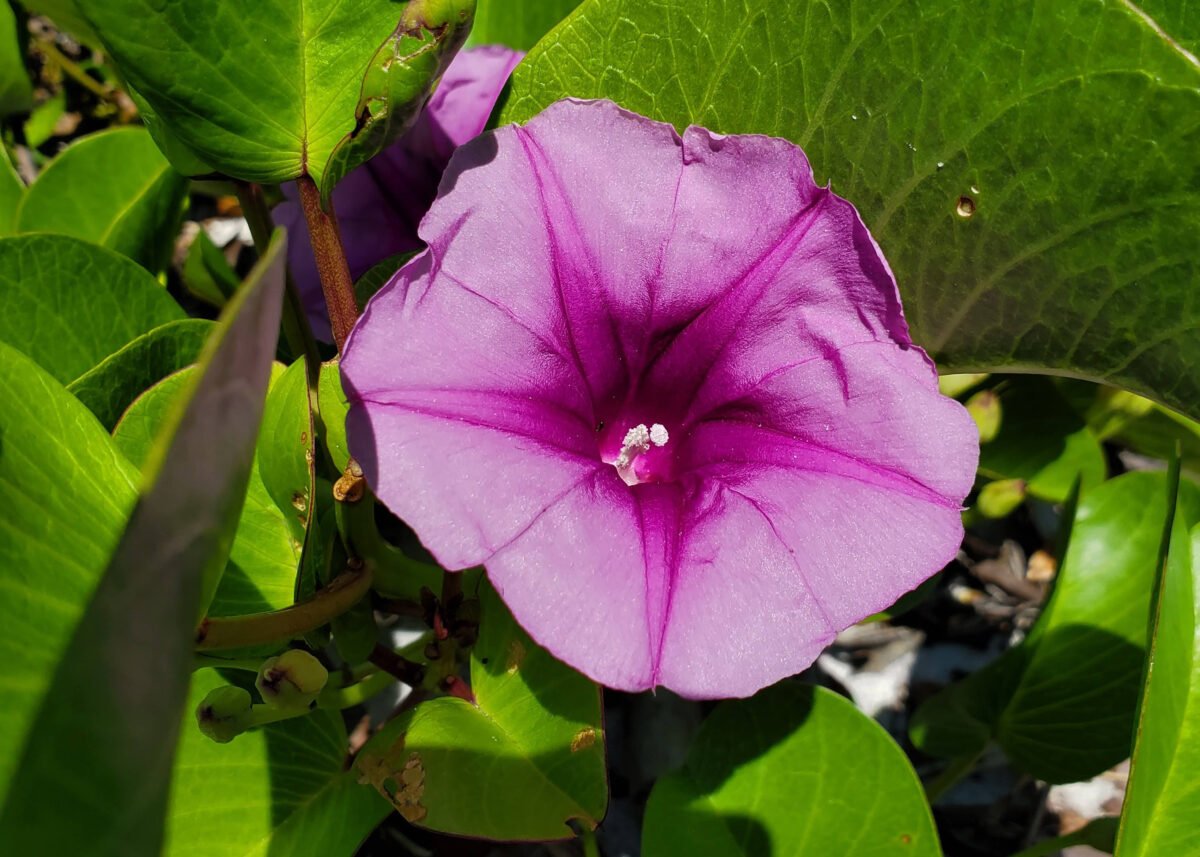 Read more: Goat’s Foot
Read more: Goat’s FootA common tropical creeping vine that grows on the sandy parts of beaches, goat’s foot is salt tolerant and propagates naturally by ocean dispersal (reproduces by sending its seeds, sea beans, floating out by ocean currents).
-
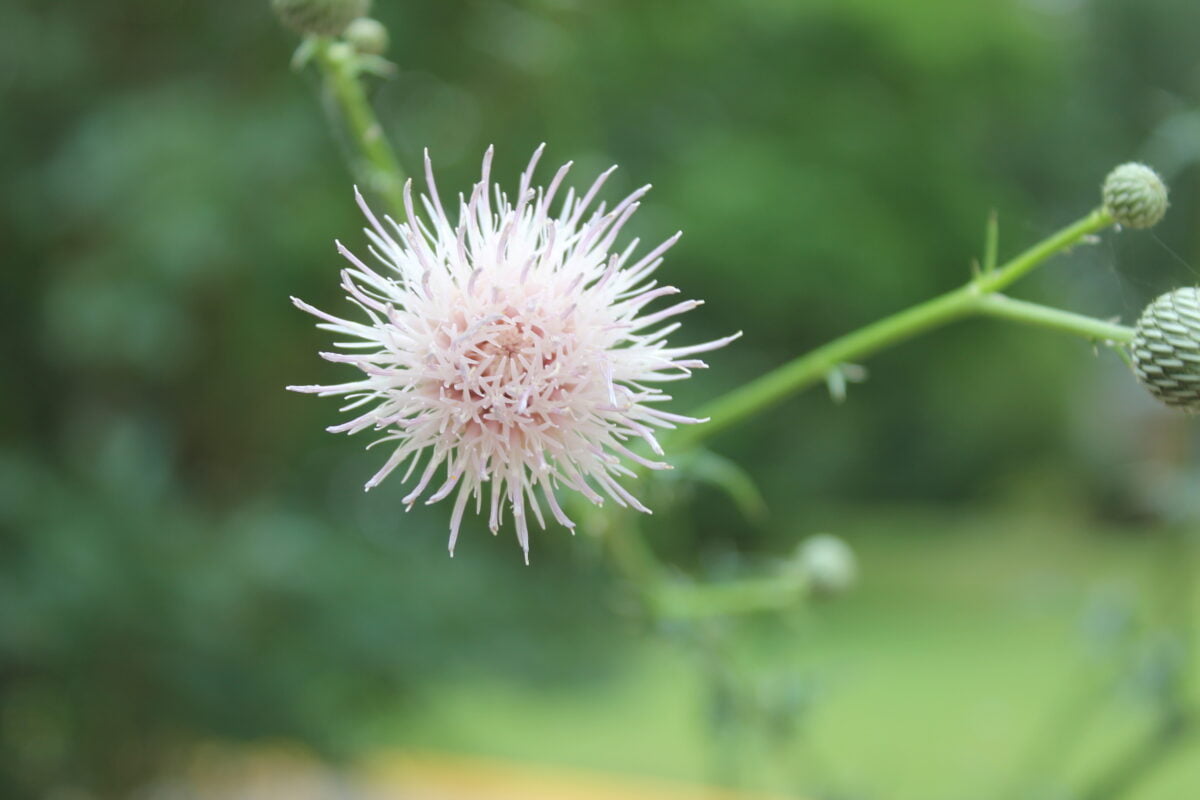 Read more: Japanese Thistle
Read more: Japanese ThistleWhile it may be a mean looking plant, it is a powerful herbal ally for pollinators, animals, and humans alike.
-
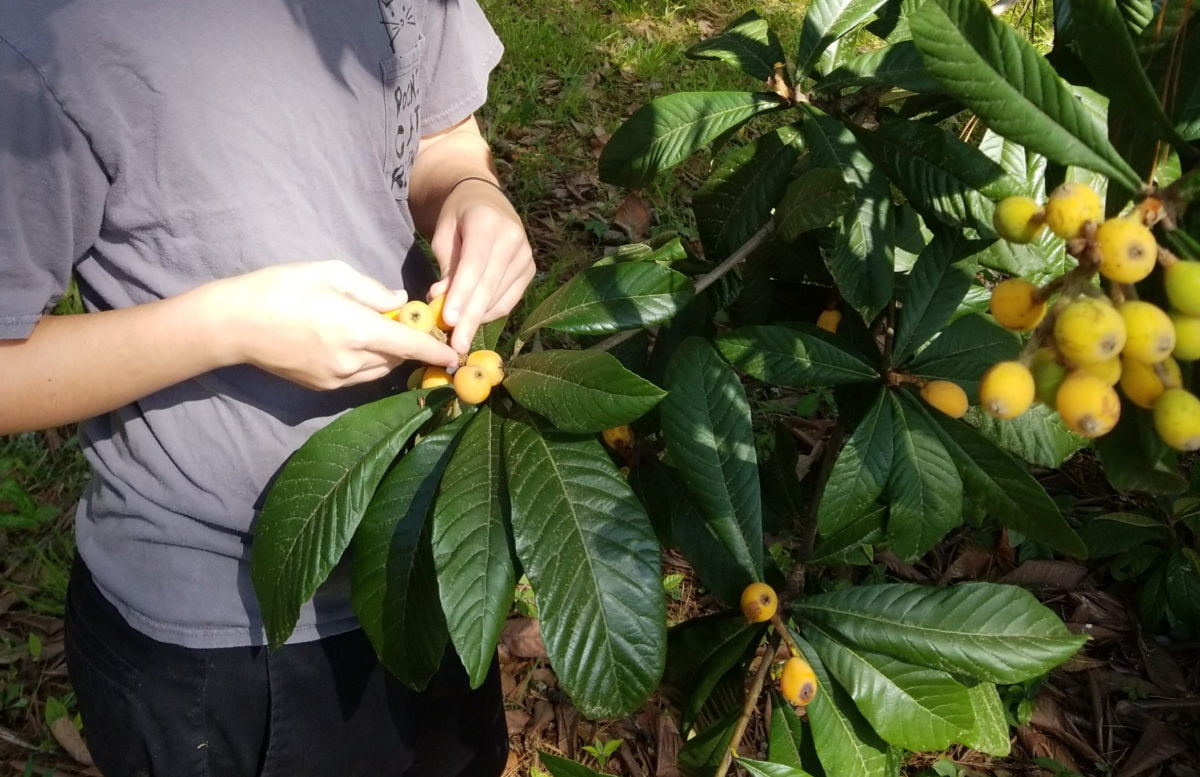 Read more: Loquat
Read more: LoquatThe Loquat, a tree native to Japan, is easy to identify and is commonly grown in the Southern US as an ornamental and fruit bearing tree. Loquat fruit, seeds, and leaves are full of beneficial plant compounds and have been used in traditional medicine for thousands of years.
-
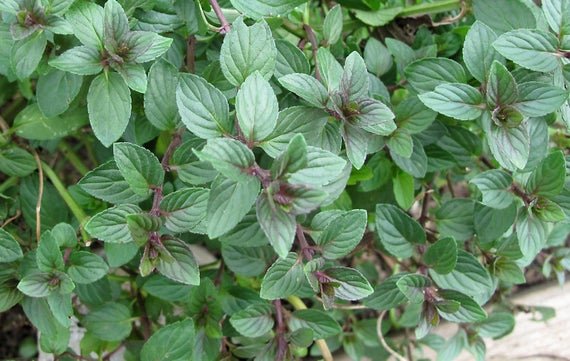 Read more: Mint
Read more: MintMint is a prolific and easy to grow herb. It comes in many varieties and has a long list of medicinal and culinary uses.

